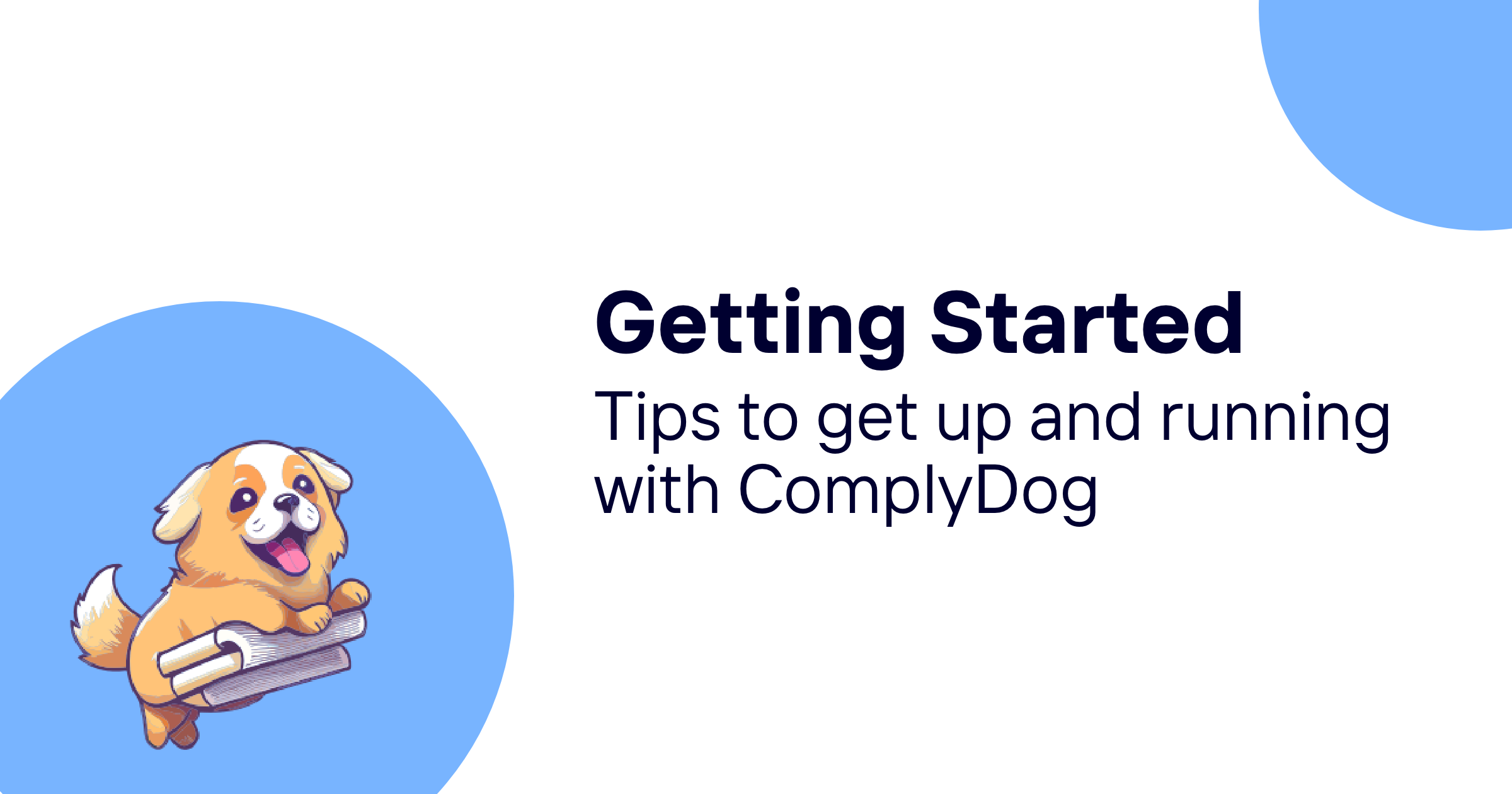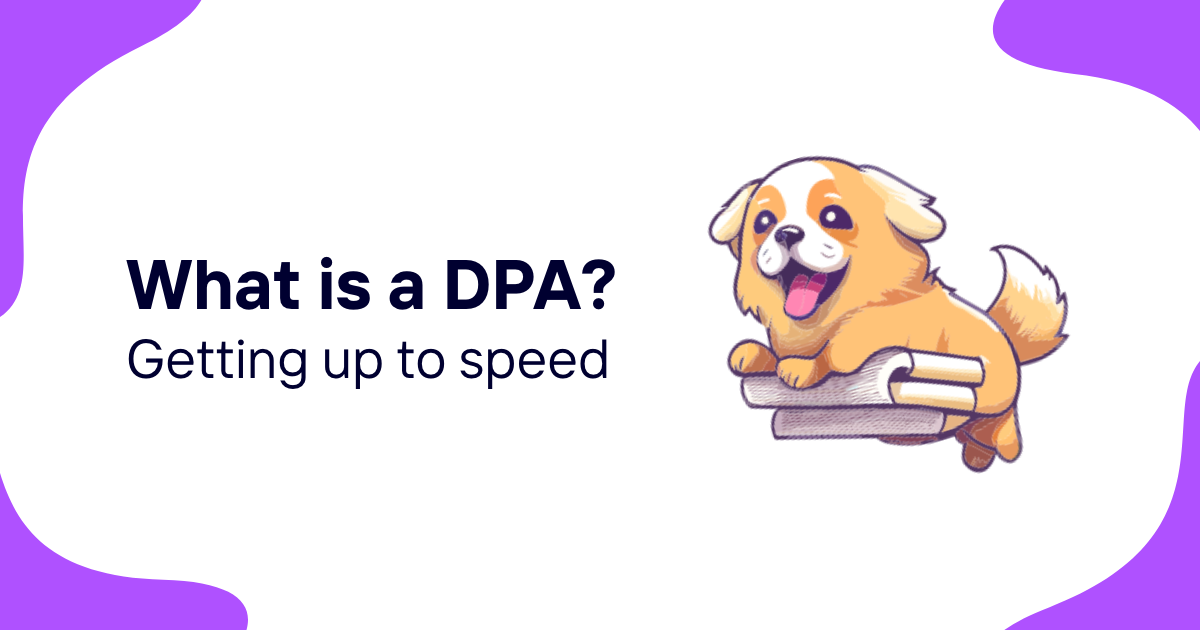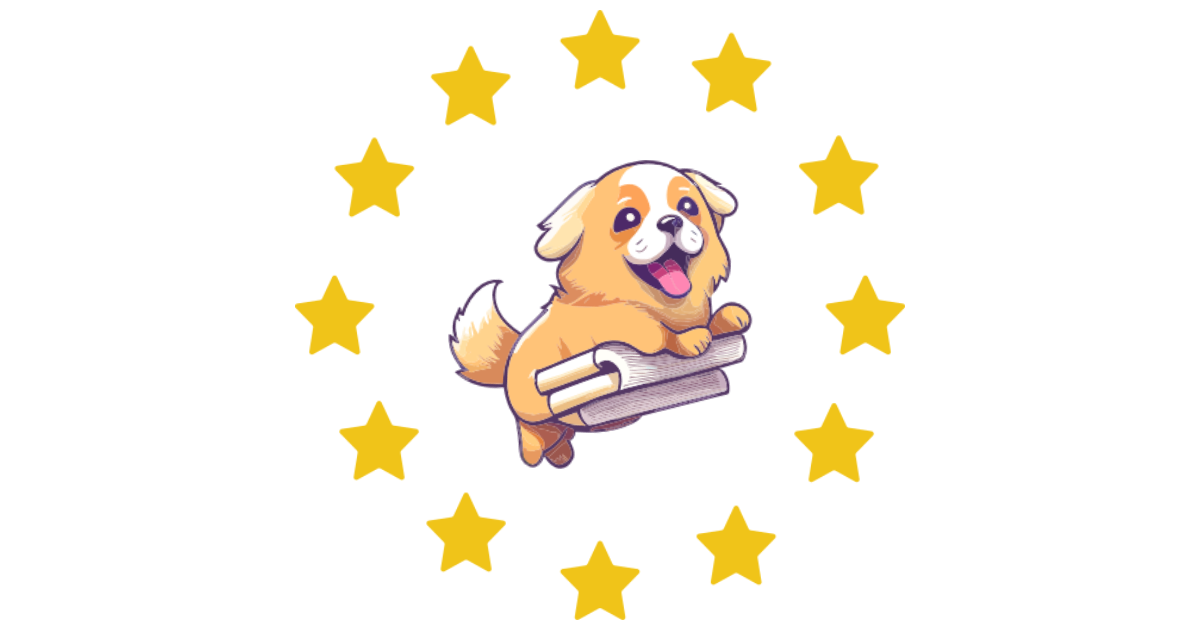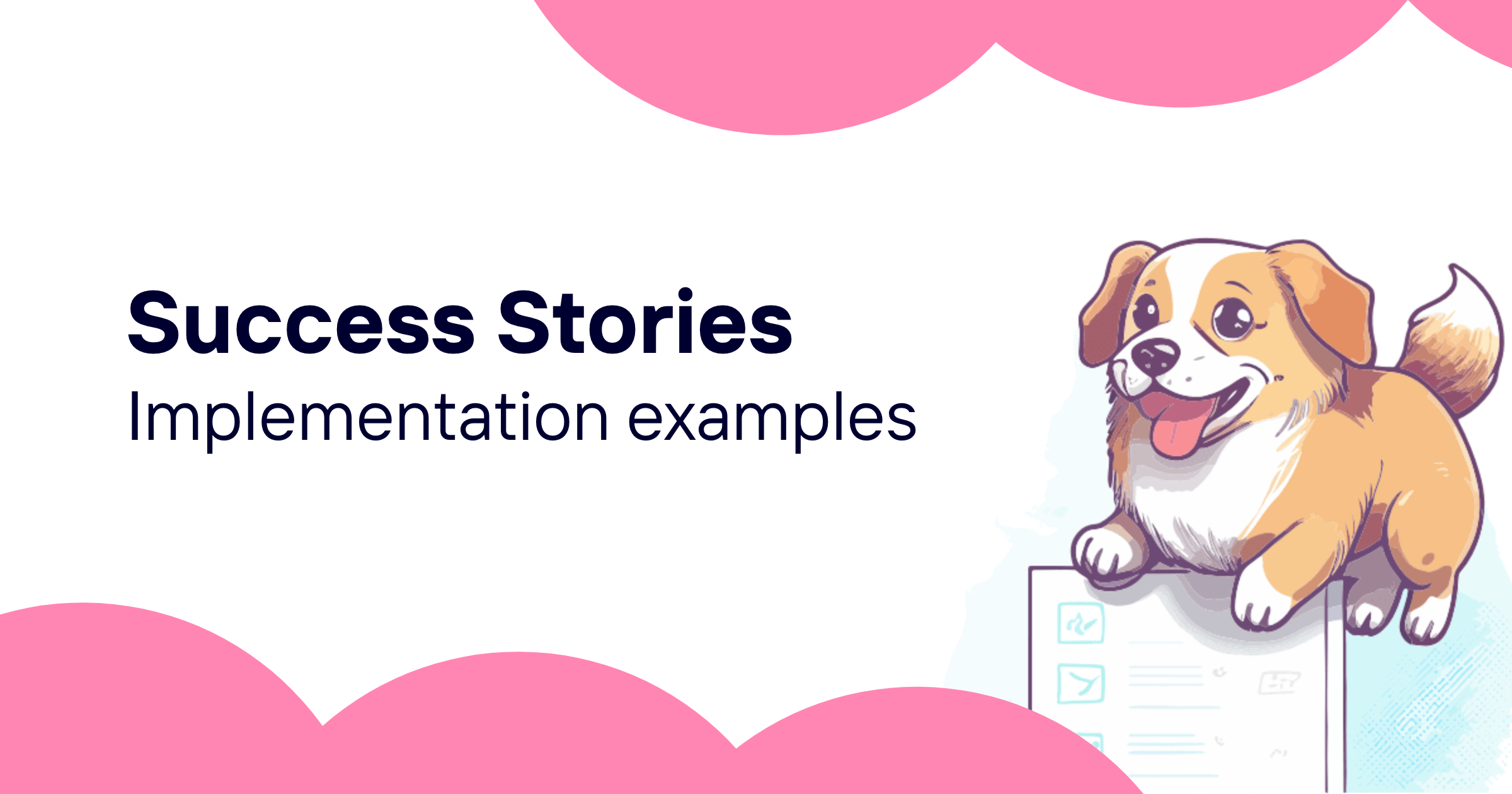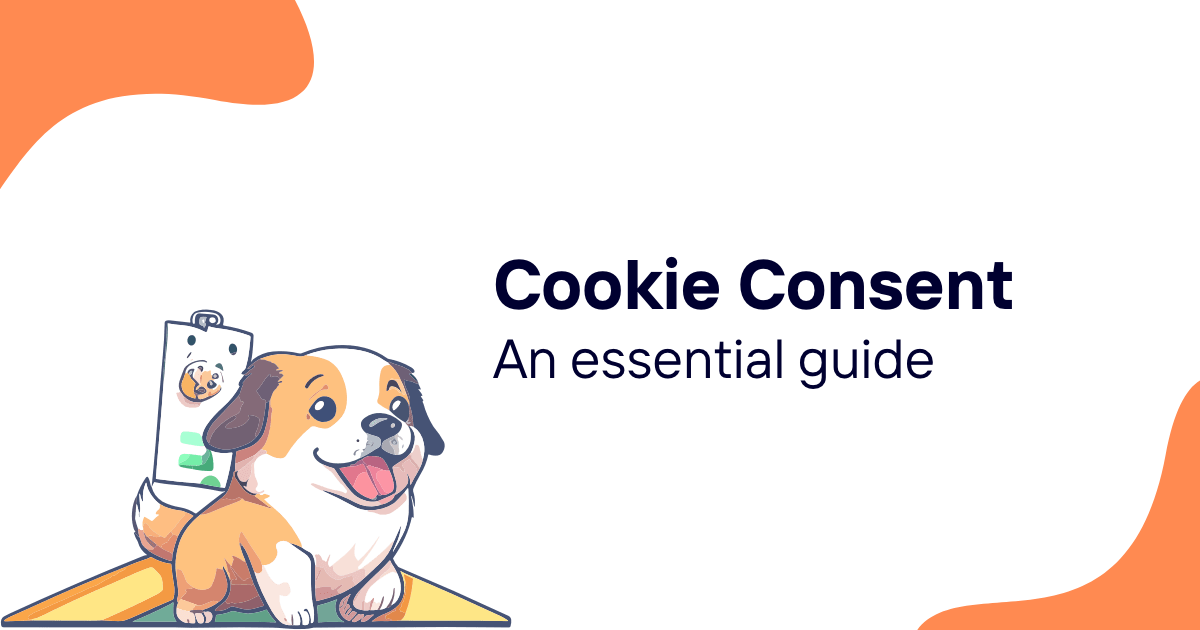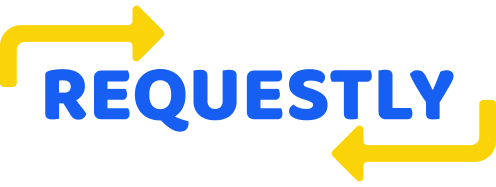Navigating the digital landscape while ensuring your business stays GDPR compliant can feel like walking through a minefield. With regulations tightening around data protection and privacy, it's crucial to have the right tools in your arsenal. GDPR compliant software isn't just a necessity; it's your safeguard in the digital age.
Choosing the right GDPR software can transform compliance from a daunting challenge into a seamless part of your daily operations. It's about protecting your customers' data as if it were your own, building trust, and avoiding hefty fines. Let's dive into how the right software can make compliance a breeze, ensuring you're not just meeting the minimum requirements but setting a standard in data protection and privacy.
Understanding GDPR Regulations
When you're diving into the world of GDPR compliant software, it's essential to get to grips with what GDPR actually stands for and why it's crucial for your business. The General Data Protection Regulation (GDPR), which came into effect on May 25, 2018, is a set of regulations designed to protect the privacy and personal data of individuals within the European Union (EU) and the European Economic Area (EEA).
One of the key principles of GDPR is that businesses must ensure the protection of personal data in all its forms. This means any information that can directly or indirectly identify an individual, such as names, email addresses, and even IP addresses, needs to be handled with utmost care. For your business, this implies integrating systems and processes that can manage data securely in accordance with GDPR standards.
The regulation also empowers individuals with several rights over their personal data. These include:
- The Right to Access: Individuals can request access to their personal data and how it's being processed.
- The Right to Be Forgotten: Also known as the right to erasure, allowing individuals to have their data deleted under certain conditions.
- The Right to Data Portability: This enables individuals to request their data in a standard format and to transfer it to another data controller.
Non-compliance with GDPR can lead to significant financial penalties. Depending on the violation, fines can reach up to €20 million or 4% of the company's global annual turnover, whichever is higher.
| Violation Type | Maximum Fine |
|---|---|
| Less serious violations | €10 million or 2% of annual turnover |
| More serious violations | €20 million or 4% of annual turnover |
By now, you're likely realizing the importance of having GDPR compliant software. Not only does it serve as your first line of defense in data protection, but it also signals to your customers that you're serious about safeguarding their personal information. As you navigate the digital landscape, remember that compliance is an ongoing journey, and staying informed is your best strategy.
Key Features of GDPR Compliant Software

When you're navigating the complex terrain of GDPR, it's crucial to recognize the features that set GDPR compliant software apart. Data Encryption and Anonymization are the bedrock of such platforms, ensuring that personal data is not only secured but also rendered unintelligible to unauthorized parties.
Consent Management plays a pivotal role, allowing businesses to obtain, manage, and document user consent in a clear and seamless manner. This feature ensures that you're not just seeking consent but doing so in a way that's aligned with GDPR stipulations—explicit, informed, and revocable.
The introduction of Data Access and Portability facilities means your software should enable users to easily request and receive all data you hold on them. They should also be able to transfer that data to another service provider without hindrance, empowering users with control over their personal information.
Regular Audits and Reporting capabilities are indispensable. Your software should facilitate the continuous monitoring for compliance, including the ability to generate detailed reports at a moment's notice. This is not only a requisite for transparency but also a necessary tool to evaluate and improve data protection measures continually.
Lastly, Breach Notification Systems are critical. In the event of a data breach, GDPR requires that affected individuals and regulatory bodies be notified within 72 hours. Therefore, having robust mechanisms in place to detect and report breaches promptly is fundamental.
| Feature | Purpose |
|---|---|
| Data Encryption & Anonymization | Secures and anonymizes personal data |
| Consent Management | Manages user consent in compliance with GDPR |
| Data Access and Portability | Enables users to request and transfer their data |
| Regular Audits and Reporting | Facilitates monitoring and compliance evaluation |
| Breach Notification Systems | Enables swift notification in the event of a data breach |
By ensuring that your software encompasses these key features, you're not just complying with GDPR—you're also building trust with your users, indicating that you value and protect their privacy at every juncture.
Benefits of Using GDPR Software

Switching to GDPR compliant software isn't just about avoiding hefty fines. It's about safeguarding your business's and your customers' privacy in this digital age. Embracing GDPR software yields numerous advantages that can significantly impact your operational efficacy and brand reputation.
Streamlined Compliance Process: One of the primary benefits of incorporating GDPR software into your operations is the simplification of the compliance process. GDPR software is designed to guide you through the intricacies of compliance, ensuring you're not unwittingly violating regulations. This software typically includes features that automate consent management and data protection impact assessments, making compliance more manageable and less time-consuming.
Enhanced Data Security: With cyber threats becoming more sophisticated, the importance of data security has never been more critical. GDPR software often comes with robust security measures including encryption and anonymization, which significantly reduces the risk of data breaches. Not only does this protect sensitive information, but it also builds trust with your customers, showing that you're committed to protecting their privacy.
Improved Customer Trust: Using GDPR software demonstrates to your customers that you take data protection seriously. This commitment to data privacy can vastly improve the trust customers have in your brand, which is invaluable in today's market. A reputation for data security can set you apart from competitors and foster long-term loyalty among your customer base.
Implementing GDPR software doesn't merely keep you on the right side of the law. It streamlines your data processing activities, elevates your security protocols, and enhances your brand's reputation amongst consumers. As data protection laws continue to evolve, having GDPR compliant software becomes not just beneficial, but crucial for businesses aiming to thrive in the digital ecosystem.
How to Choose the Right GDPR Software

When you're on the hunt for GDPR compliant software, knowing what features to look for can make all the difference. It's not just about avoiding penalties; it's about securing your business's future. Here are some key factors to keep in mind that will guide you through your selection process.
Comprehensive Data Management: The core of GDPR compliance lies in how you manage personal data. Look for software that offers robust data handling capabilities. This includes data discovery, classification, and deletion functionalities. Effective management ensures that you're not only compliant but that you're also streamlining data processes within your organization.
User-friendly Interface: While compliance is complex, the software shouldn't be. Opt for a platform that has an intuitive interface. This ensures that your team can efficiently manage compliance tasks without needing extensive training. A user-friendly software accelerates adoption and reduces the likelihood of human error, a common cause of compliance violations.
Regular Updates and Support: GDPR regulations evolve, and so should your software. Choose a provider that promises regular updates in response to legal changes. Additionally, reliable customer support is crucial. Should you encounter any issues, expert help should be just a call or email away.
Scalability: Your business won't remain the same size forever, and your GDPR software needs to accommodate that growth. Ensure the software you choose can scale with your business. This prevents the need for software changes as your business expands, saving you time and resources.
When selecting GDPR-compliant software, it's essential to conduct thorough research and perhaps even seek recommendations from peers in your industry. Each business has unique needs, so what works for one may not work for another. Prioritize your specific requirements and use them as a guide in your selection process.
Implementing GDPR Compliant Software in Your Business

When you're on the hunt for GDPR compliant software to integrate into your business, understanding the steps for implementation is crucial. Getting this software up and running smoothly may seem daunting, but with the right approach, it's entirely achievable. Here's how you can make the transition as seamless as possible.
Firstly, assess your current systems and data handling practices. This initial step will allow you to pinpoint where your operations stand in terms of GDPR compliance and what specific functionalities your new software must possess. It's not just about picking any software; it’s about finding the perfect fit for your unique needs.
Once you've identified the ideal GDPR compliant software, the next step is data migration. This involves transferring existing data into the new system. Data migration is a delicate process, and risks like data loss or contamination are real. Therefore, it's advised to work closely with the software provider during this phase to ensure a secure and complete transition.
Training your team is another vital component. No software, no matter how advanced or compliant, will be effective unless your staff knows how to use it correctly. Conduct comprehensive training sessions to familiarize everyone with the software's features and capabilities. Remember, GDPR compliance is not solely about the software; it’s also about how data is handled on a day-to-day basis by your team.
Finally, be prepared for regular updates and audits. GDPR requirements can evolve, and your software should adapt accordingly. Regularly updating the software and conducting audits will help you stay compliant and address any potential issues proactively.
Implementing GDPR compliant software doesn't have to be a headache. By following these steps and maintaining a proactive attitude towards compliance, you'll not only protect your customers' data but also strengthen the trust and credibility of your business in the digital age.
Conclusion
Embracing GDPR compliant software is more than a legal checkbox; it's a strategic move towards enhancing your business's data handling processes. By carefully selecting software that meets your unique needs and dedicating resources to thorough training and regular maintenance, you're setting your business up for success. Remember, the journey doesn't end with implementation. Staying vigilant with updates and audits is key to ensuring your compliance efforts are always ahead of the curve. With the right approach, GDPR compliance can become a seamless part of your business operations, safeguarding your data and boosting your reputation in the digital landscape.

